Authors
P. Girard, B. Niedergang, Y. Pansart, M.-C. Coppé, M. Verleye.
Lab
Biocodex, Service de Pharmacologie, Compiègne, France.
Journal
Clinical and Experimental Pharmacology and Physiology
Abstract
The objective of this study was to explore the concept of multimodal anaesthesia using a combination of two non-opioid analgesics: nefopam, a centrally acting non-opioid that inhibits monoamines reuptake, and paracetamol, an inhibitor of central cyclo-oxygenases. The antinociceptive characteristics of the combination was evaluated using four different animal models of pain. In the mouse writhing test, antinociceptive properties were observed with ED(50) values of 1.5 ± 0.2 and 120.9 ± 14.8 mg/kg for nefopam and paracetamol, respectively. In the mouse formalin test, both compounds significantly inhibited the licking time of the injected hind-paw with ED(50) values of 4.5 ± 1.1 mg/kg for nefopam and 330.7 ± 80.3 mg/kg for paracetamol in the early phase, and ED(50) values of 4.3 ± 0.2 mg/kg for nefopam and 206.1 ± 45.1 mg/kg for paracetamol in the inflammatory phase. Isobolographic analysis revealed that this drug combination was synergistic in the writhing test and additive in the formalin test. In a rat incision model of postoperative thermal hyperalgesia, co-administration of nefopam at a non-analgesic dose (3 mg/kg) with paracetamol at a low analgesic dose (300 mg/kg) showed the appearance of a strong anti-hyperalgesic effect, maintained during at least three hours. In rat carrageenan-induced tactile allodynia, combination of low analgesic doses of nefopam (10 or 30 mg/kg) with a non-analgesic dose of paracetamol (30 mg/kg), significantly blocked allodynia with longer duration efficacy. In conclusion, co-administration of nefopam with paracetamol is worthy of clinical evaluation.
Source :
http://onlinelibrary.wiley.com/doi/10.1111/j.1440-1681.2011.05477.x/abstract

 Pain - Thermal Allodynia / Hyperalgesia
Pain - Thermal Allodynia / Hyperalgesia Pain - Spontaneous Pain - Postural Deficit
Pain - Spontaneous Pain - Postural Deficit Pain - Mechanical Allodynia / Hyperalgesia
Pain - Mechanical Allodynia / Hyperalgesia Learning/Memory - Attention - Addiction
Learning/Memory - Attention - Addiction Physiology & Respiratory Research
Physiology & Respiratory Research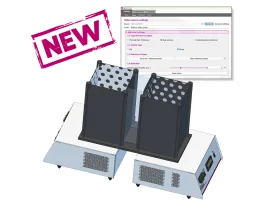
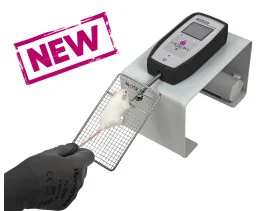
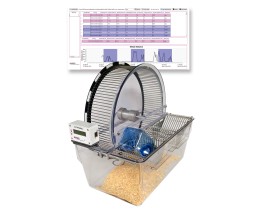

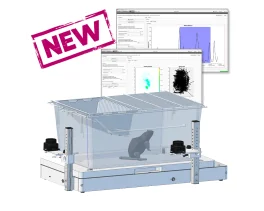

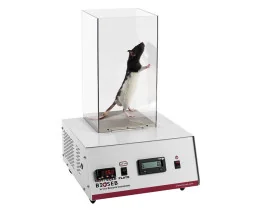
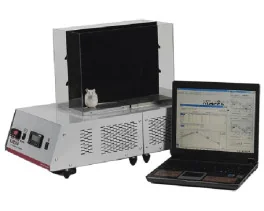

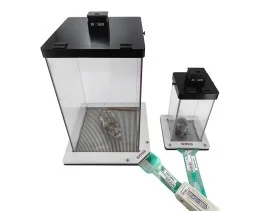

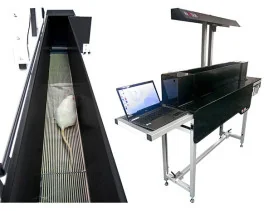
![Dynamic Weight Bearing 2.0 – Postural Module [Add-on]](https://bioseb.com/733-home_default/dynamic-weight-bearing-20-add-on-postural-module.jpg)
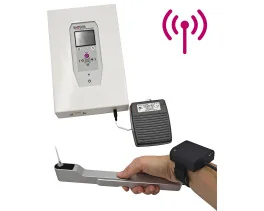
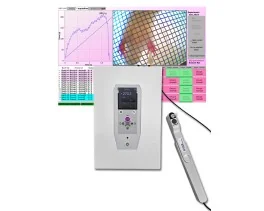

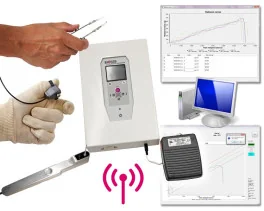

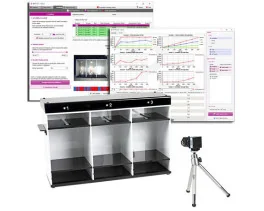
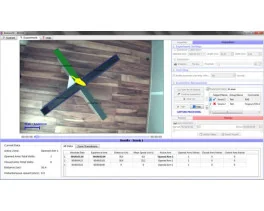
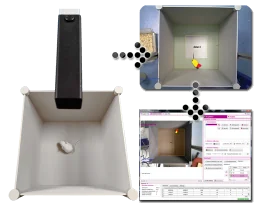


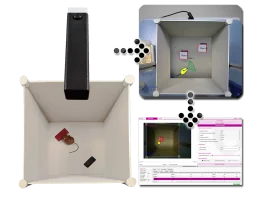

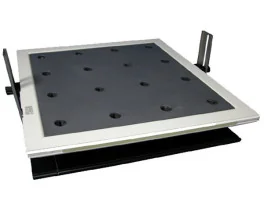


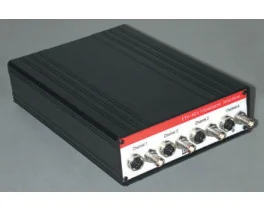
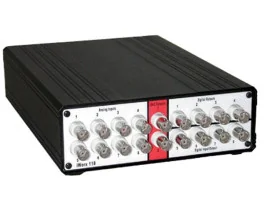
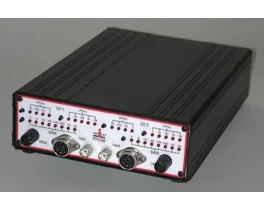
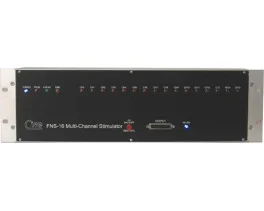
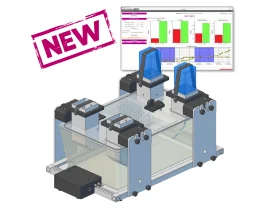
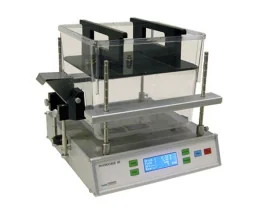
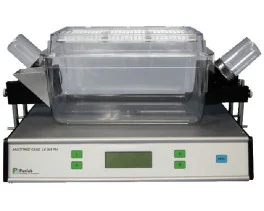
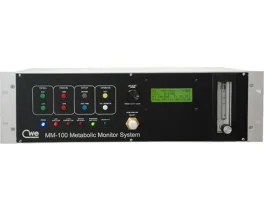
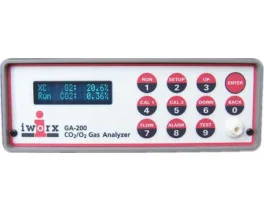
 Pain
Pain Central Nervous System (CNS)
Central Nervous System (CNS) Neurodegeneration
Neurodegeneration Sensory system
Sensory system Motor control
Motor control Mood Disorders
Mood Disorders Other disorders
Other disorders Muscular system
Muscular system Joints
Joints Metabolism
Metabolism Cross-disciplinary subjects
Cross-disciplinary subjects CONFERENCES & MEETINGS
CONFERENCES & MEETINGS